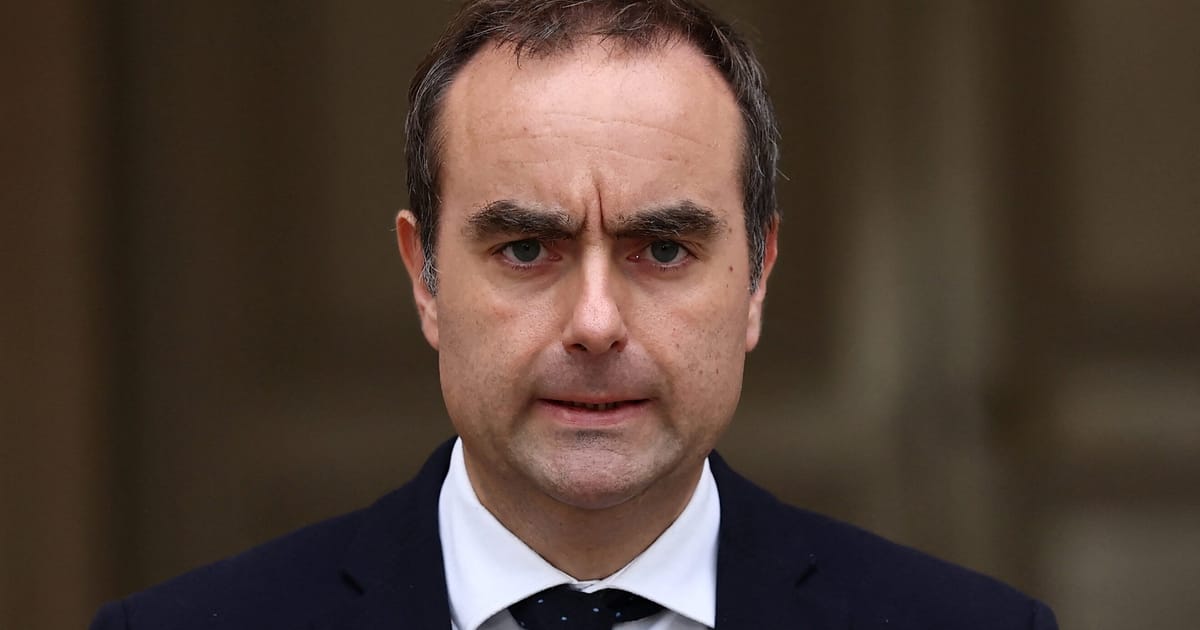Across the Alps, the government of Prime Minister Giorgia Meloni has been in power for nearly three years, and on Friday stated that it expects to bring its budget deficit back into line with EU rules in 2025, a year earlier than previously anticipated.
By contrast, Macron has now burned through seven prime ministers in eight years. Macron had appointed Lecornu only 27 days ago after François Bayrou, his predecessor, failed to get parliamentary support for €43.8 billion worth of spending cuts to bring the budget deficit down from an estimated 5.4 percent of gross domestic product to 4.6 percent next year.
Lecornu’s resignation once again illustrated that “there is no majority in parliament for a budget to be passed,” according to Helen Thomas of the consultancy Blonde Money.
Tectonic shift
The shift in political fundamentals has been reflected increasingly clearly in the two countries’ credit ratings, too: Over the last month, Fitch Ratings has both downgraded France’s long-term rating and upgraded Italy’s. However, both it and its peers, Moody’s and Standard & Poor’s, still see France as having better credit, for now.
Long-term bond yields reflect the premium demanded by investors to hold government debt. While they have many inputs, yields are heavily influenced by the total size of debt relative to the economy, and by the perceived ability of a government to pay its future obligations.
In France, as in much of the world, yields have risen this year on concerns that industrialized democracies will increasingly struggle to meet their obligations due to aging populations and inadequate growth. Japan, perhaps the most extreme illustration of the phenomenon, saw its 10-year yield hit a 17-year high Monday on expectations that its likely new leader, Sanae Takaichi, will return to the same kind of high-borrowing path taken by the late Shinzo Abe.
Italian bond yields have historically been higher than those of France due to Italy’s larger debt and less-stable politics compared to its neighbor. But as successive French governments have failed to get borrowing under control, its growth has slowed and its debt has overtaken Italy’s, standing at €3.4 trillion by the middle of 2025. Italy’s is still larger when measured against the size of its economy — at 138 percent of GDP — but France is now fast catching up with that, too, at 114 percent.
The funding advantage that France had in 2022, which was still around 1.8 percentage points only three years ago when Meloni took power, has steadily disappeared. Having paid almost the same price as Germany to borrow for much of the last decade, it now pays more than Portugal, Greece or Spain — three countries that needed bailouts after the 2008 financial crisis.

